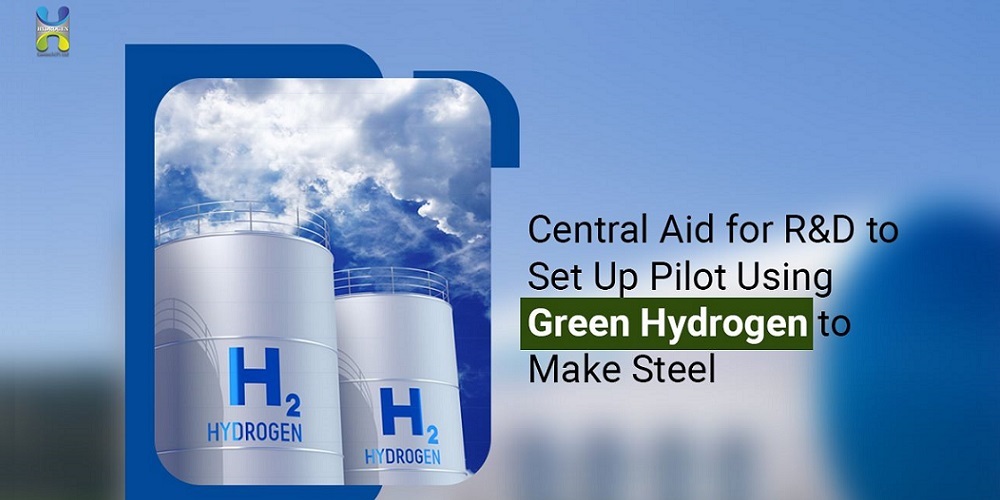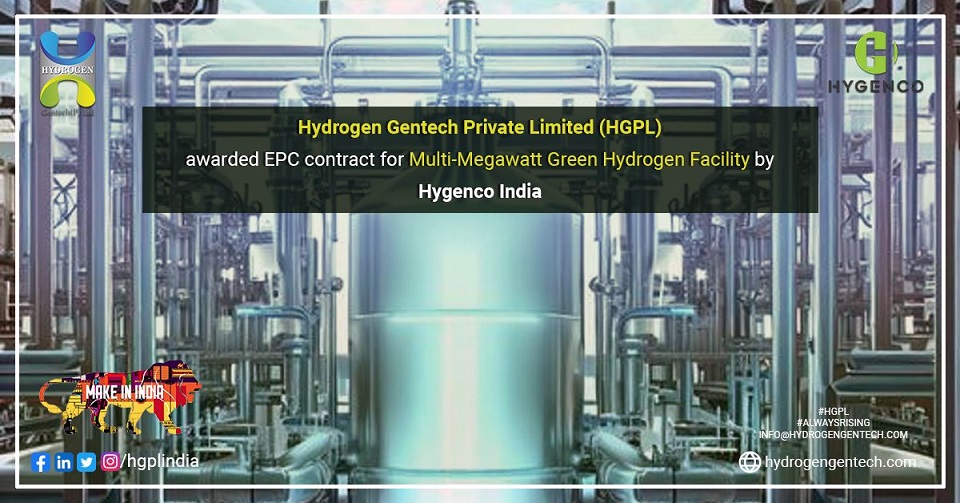Introduction:
In a significant move towards achieving sustainable and carbon-neutral steel production, the Indian government has announced central aid for research and development (R&D) initiatives focused on utilizing green hydrogen in the steelmaking process. This pilot project holds immense promise for revolutionizing the steel industry and reducing its environmental footprint. Let’s delve deeper into this exciting development and explore the potential of green hydrogen as a game-changer in the steel manufacturing sector.
The Role of Green Hydrogen in Steelmaking:
Traditionally, the steel industry has been a significant contributor to global greenhouse gas emissions, primarily due to its reliance on fossil fuels. However, with the emergence of green hydrogen as a clean and renewable energy source, the landscape is rapidly shifting. Green hydrogen, produced through electrolysis powered by renewable energy, offers a sustainable alternative to fossil fuels, making it an ideal candidate for transforming steel production.
The Pilot Project:
Under the central aid scheme, research and development efforts will be focused on establishing a pilot project that integrates green hydrogen into the steelmaking process. The objective is to explore the feasibility, efficiency, and environmental benefits of using green hydrogen as a reducing agent in the blast furnace. This pilot project will serve as a crucial step towards transitioning the steel industry to a low-carbon and sustainable future.
Environmental Impact and Benefits:
By substituting fossil fuels with green hydrogen, the steel industry can significantly reduce its carbon dioxide (CO2) emissions. Green hydrogen, when used as a reducing agent, not only eliminates the carbon emissions associated with conventional coal or coke, but it also produces water vapor as a byproduct, further minimizing environmental impact. This breakthrough innovation has the potential to make a substantial contribution to India’s carbon reduction goals and global efforts to combat climate change.
Challenges and Opportunities:
While the utilization of green hydrogen in steelmaking holds immense promise, there are several challenges that need to be addressed. One of the key obstacles is the scalability and cost-effectiveness of green hydrogen production. However, with advancements in electrolysis technology and the declining costs of renewable energy, these challenges can be overcome. Moreover, this initiative opens up new avenues for job creation, research collaborations, and technology transfer, fostering innovation and economic growth in the renewable energy sector.
Pathway to a Sustainable Steel Industry:
The central aid for R&D to set up a pilot using green hydrogen in steel production marks a significant milestone in India’s journey towards a sustainable steel industry. It not only showcases the government’s commitment to fostering innovation and promoting clean technologies but also demonstrates the potential of green hydrogen to revolutionize traditional industries. By embracing green hydrogen, the steel sector can transition towards a more sustainable and resilient future, aligning with India’s ambitious climate goals and contributing to a global clean energy transformation.
The central aid for R&D to set up a pilot project using green hydrogen to make steel is a game-changer for the steel industry. This initiative has the potential to reshape the sector, reduce greenhouse gas emissions, and drive the transition towards a sustainable and carbon-neutral future. As India takes significant strides in adopting clean technologies, the pilot project serves as a beacon of hope, inspiring other industries to explore the vast possibilities of green hydrogen. The journey towards a sustainable steel industry has begun, and the potential for a greener, cleaner, and more prosperous future is within reach.







